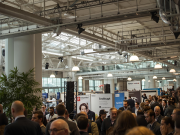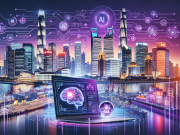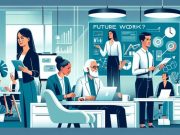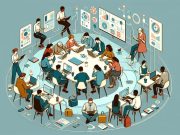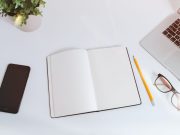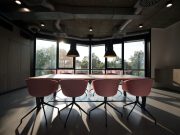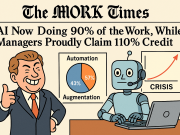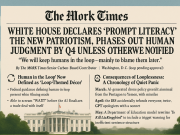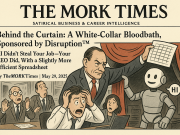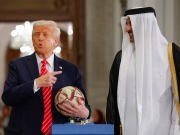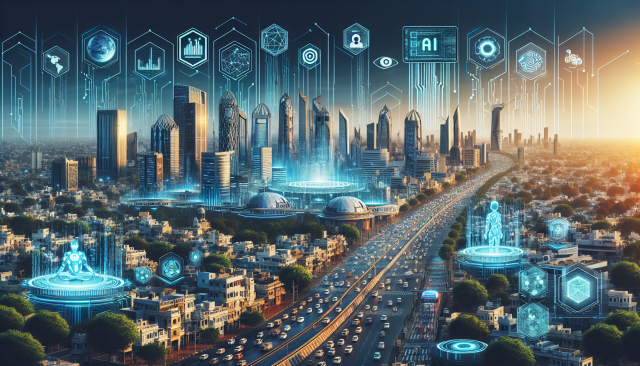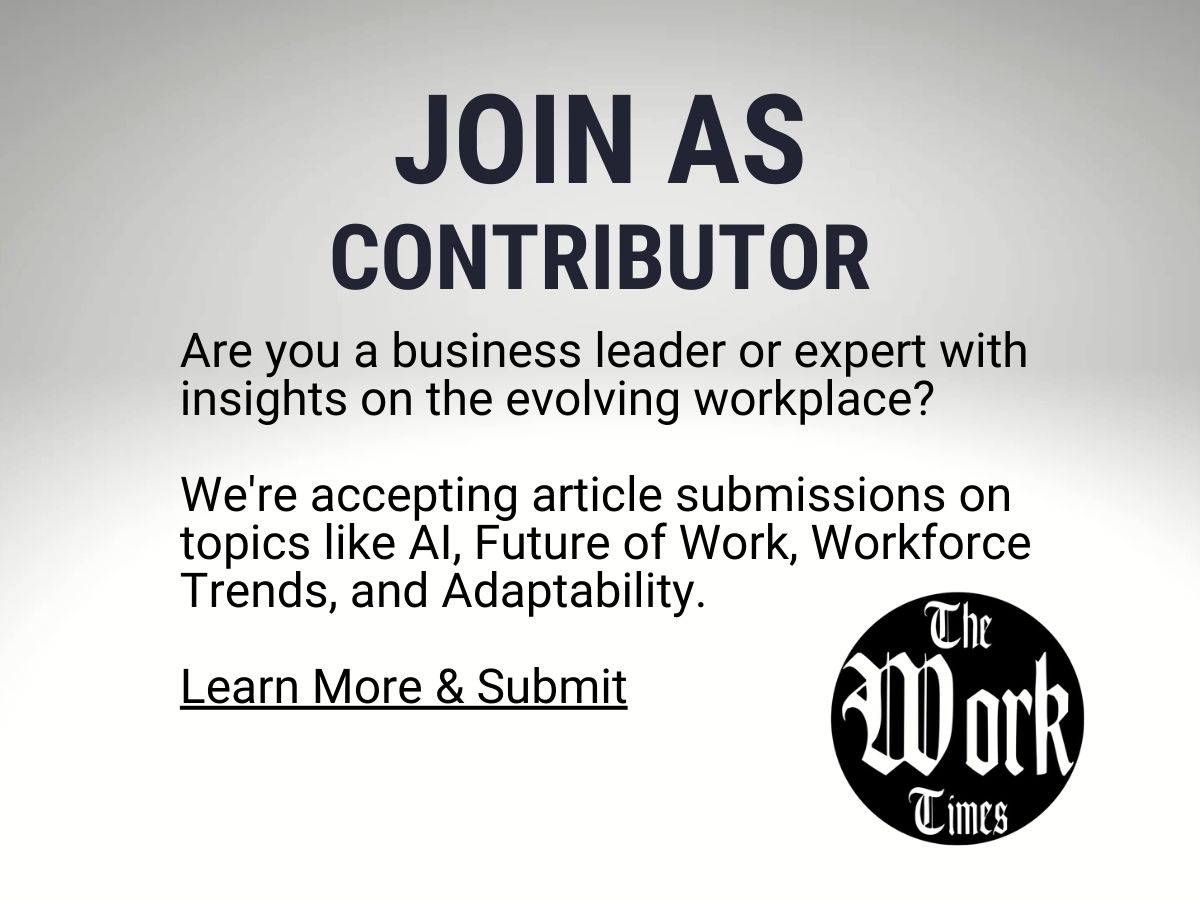You Can Now Change Your Gmail Address — What This Means for Workplaces
You Can Now Change Your Gmail Address — What This Means for Workplaces
For years, changing a Gmail address felt like trying to move a house while keeping every piece of furniture in exactly the same place: technically possible but expensive, disruptive and messy. Google’s announcement that users will be able to change their Gmail address without creating a new account is an overdue answer to a long-standing workplace friction point. For employers, employees and IT leaders, this is not merely a convenience. It changes assumptions about identity, continuity and the lifecycle of an account.
Why a Gmail address change matters at work
Email remains the connective tissue of most workplaces. It is the first credential new hires get, the directory entry colleagues click to schedule a meeting, and the anchor for file permissions, calendars and enterprise systems. For that reason, an email address is not a trivial piece of metadata — it is a persistent identifier, a communications pathway and, in many systems, the key to access.
Allowing people to change their Gmail address while keeping the same underlying account tackles many everyday problems:
- Name changes and dignity: Employees who change their names for any reason — marriage, divorce, gender transition or personal choice — often face a bureaucratic hassle to align their address with their identity. The ability to change an address reduces friction and affirms dignity.
- Rebranding and role evolution: Teams reorganize, titles evolve and companies rebrand. Changing an address makes it easier to align contact addresses with current roles without creating account sprawl or orphaned forwards.
- Onboarding and offboarding efficiency: Instead of provisioning new accounts and migrating data, administrators can update addresses as people move within the organization. That saves time and reduces the risk of lost access to shared resources.
- Reduction in alias and forwarding clutter: Employers often create multiple aliases and forwards to cope with address changes. This feature promises to simplify address hygiene across directories.
The practical ripple effects for IT and operations
On the technical side, a change to an email address is more complex than altering the display name or adding a forwarding rule. Systems are built around the idea that an email address maps to a single, stable account. That assumption shows up everywhere: file ownership, calendar invites, single sign-on links and third-party integrations. Google’s new capability suggests a shift in that architecture — a separation between the human-facing identifier and the account’s immutable backend identity.
For IT teams, this will improve flexibility but also demand new policies and controls. Anticipate changes in several areas:
- Directory management: Admin consoles will need clear workflows to approve, deny or audit address changes. Role-based addresses (for example, sales@ or support@) will still exist, but their management must be explicit to avoid accidental reassignment or collision.
- Authentication and SSO: Many services use email as the primary external identifier. Organizations will want to ensure OAuth consents, SSO mappings and API tokens remain intact after an address change, or that there is a predictable migration path.
- Audit and compliance: Regulatory regimes that require retention, legal hold or immutable logs will need records of address changes. Good audit trails will make compliance straightforward and defendable.
- Third-party integrations: CRM systems, HR platforms and vendor portals will need reconciliation processes. A changed email in the directory does not automatically update every external system.
Security and trust: verification matters
Any mechanism that allows a user to change an address must be designed with security front and center. If abuse is possible — if an attacker can reassign addresses to take over accounts or intercept messages — the convenience will come at an unacceptable cost.
Expect to see multi-step verification baked into the workflow: confirmation to recovery addresses or phone numbers, reauthentication, and administrator approval for sensitive cases. The best implementations will treat the address change like a privileged operation, similar to changing a password or adding a new recovery channel.
Ownership, permissions and shared resources
One of the trickiest subtleties is ownership. Files, documents and Drive items are tied to an account, but people often think in terms of the email address. When an address changes, file ownership should remain with the same account — that’s the intuitive outcome for end users — yet external recipients and systems must be able to route correctly.
Administrators will need to communicate how ownership and sharing are preserved. A clear change log that shows historic addresses and forwards will help partners reconcile records and preserve context for historical conversations and permissions.
HR, legal and the human side
This update is as much cultural as it is technical. For HR teams, the ability to update a Gmail address without creating a new account simplifies processes around name changes and privacy requests. It also reduces the emotional labor for employees who may otherwise have to explain why their address does not match their present identity.
From a legal standpoint, organizations should define policies that outline when address changes are permitted, the retention of old addresses for archival or discovery, and the interplay with non-compete or alumni access rules. Doing so protects institutional memory and preserves legal safeguards without trapping people under outdated identifiers.
Communications and change management
Even a well-intentioned address change will create ripples. Calendar invites, distribution lists and external contacts may hold old emails. For smooth transitions, companies should consider:
- Maintaining an automatic forwarding period from the old address to the new one and announcing the change enterprise-wide.
- Updating internal directories and business cards, and encouraging employees to update signatures and external profiles.
- Providing templates and training so employees can notify clients, vendors and stakeholders in a consistent, professional way.
Where this helps most
The benefits will be felt especially in a few scenarios:
- Mergers and reorganizations: Employees can be moved into new domains or naming schemes without losing continuity.
- Global teams: As employees move between regions, their addresses can be adapted for local conventions while keeping a single account intact.
- Long-tenured employees: People who have been with a company for many years often accumulate addresses, forwards and aliases. Consolidation becomes easier.
Potential pitfalls and unanswered questions
No large change is without friction. A few open questions organizations will want clarified as the rollout unfolds:
- Will changes be allowed across domains within the same Workspace instance? How will domain-level policies be enforced?
- How does the change interact with legacy systems that expect a fixed identifier? Is there a migration toolkit?
- What safeguards prevent impersonation or address hijacking, especially for externally facing addresses?
- How will historical records be presented in the directory — will old addresses be searchable and visible to aid continuity?
Practical steps organizations can take now
Even before every detail is settled, organizations can prepare:
- Review and update internal policies for name and address changes, including approval workflows and documentation requirements.
- Audit systems that use email as a primary key and catalog where reconciliation may be needed.
- Draft employee communications and templates for notifying external partners of address changes.
- Train IT staff on the new process and potential security checks so they can support employees confidently.
The broader significance
At a human level, this change is about more than convenience. It reflects a broader shift in how we think about digital identity: separating the mutable labels we use in daily life from the persistent technical identifiers that underpin access and ownership. For workplaces, that separation is liberating. It means organizations can better accommodate life changes, role evolutions and brand updates without the operational overhead of account churn.
It also underscores a larger design philosophy in enterprise software — one that values human dignity and operational agility equally. When tools reduce the administrative load required to live authentically at work, they contribute to a healthier, more inclusive culture. When they preserve continuity and auditability, they preserve the institutional memory organizations rely on.
Conclusion: a small change with outsized effects
Allowing users to change their Gmail address without leaving their accounts is a deceptively simple capability with wide-ranging implications. It smooths transitions, reduces operational overhead and makes workplaces more responsive to the realities of people’s lives. But it also places new responsibilities on IT, HR and legal teams to establish clear workflows, robust security checks and thoughtful communications strategies.
As this feature becomes more widely available, its true value will be measured not just by how many addresses change, but by how gracefully organizations adapt: how well they protect continuity, honor identity and keep the machines that run work humming in the background. The address on an employee badge will no longer need to be a lifetime sentence; and that, in the end, is progress.

